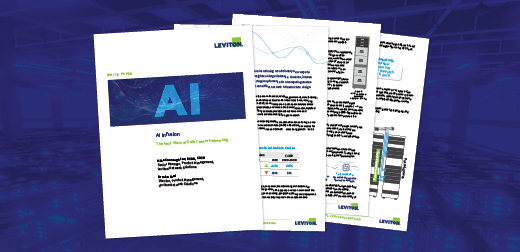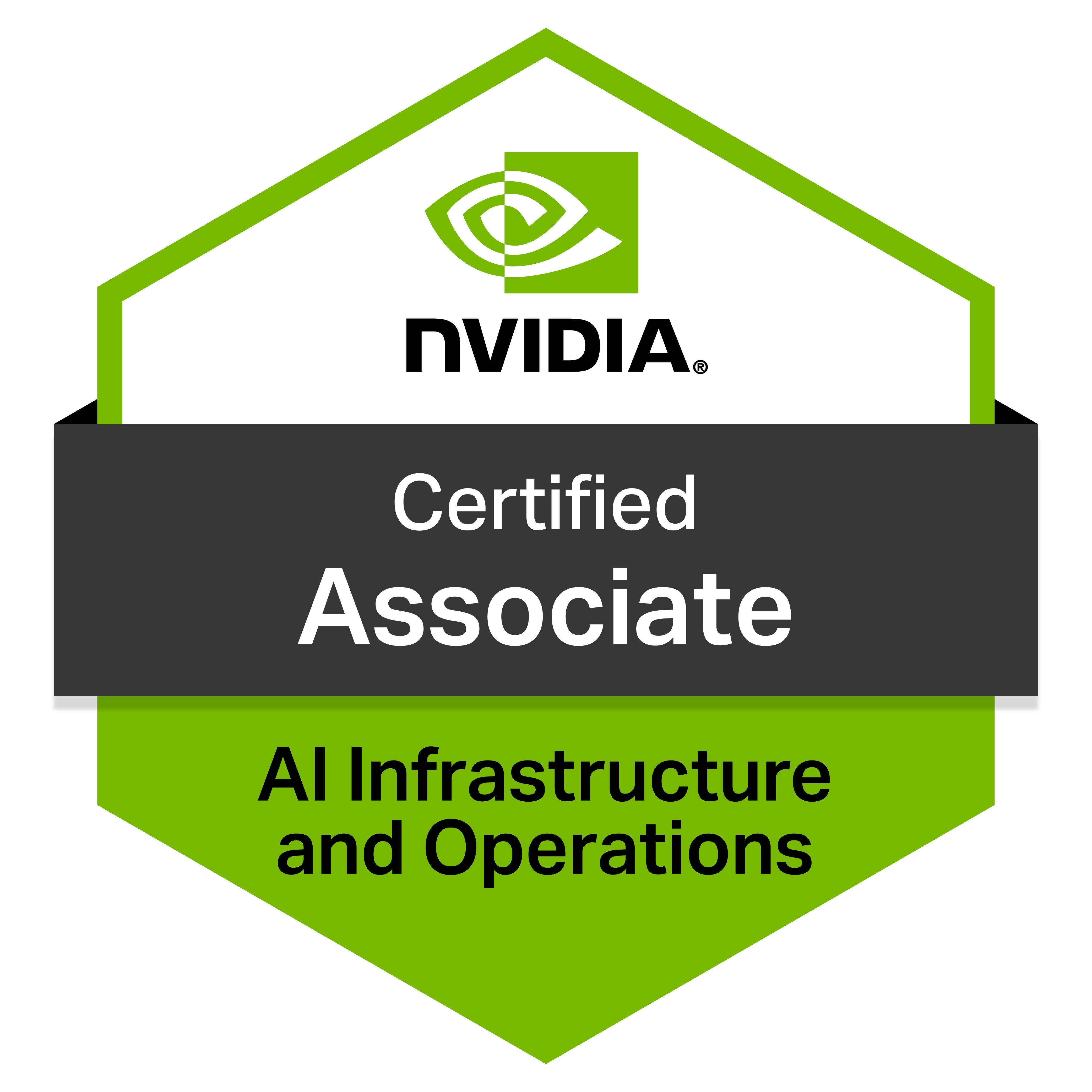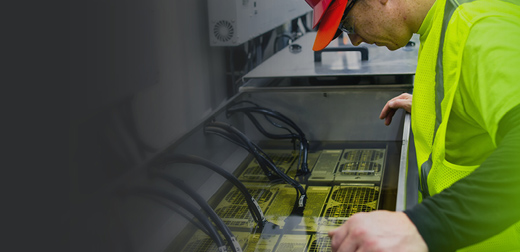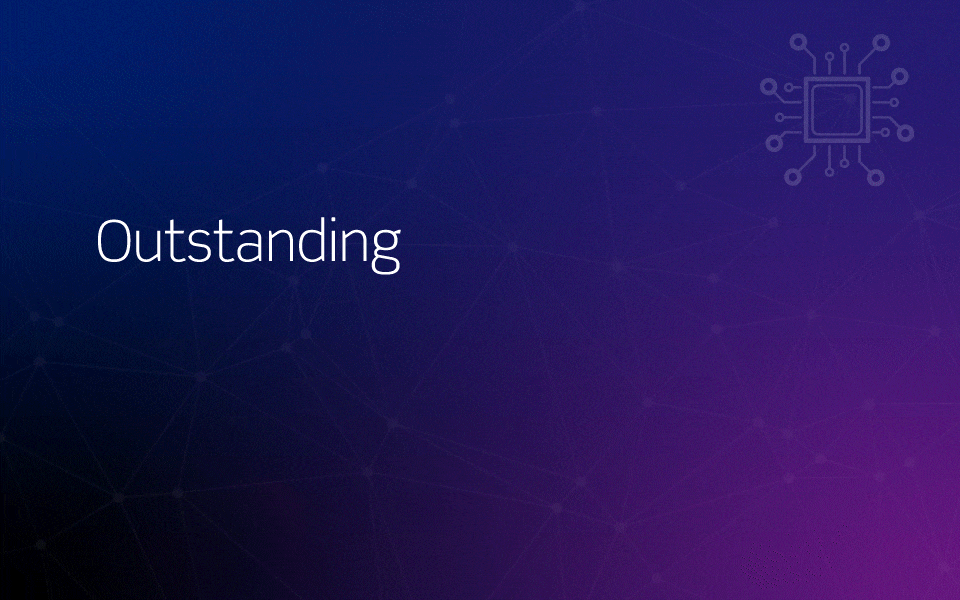
Your Partner for Cutting-Edge Cabling Infrastructure and Design Support
When you always have your eye on the next generation, you need a cable infrastructure partner who can support that vision. Leviton creates solutions on a global scale for some of the largest data center businesses in the world. As a vertically integrated manufacturer of cable, connectors, assemblies and enclosures, we have the capacity, agility and resources to deliver high performance cabling systems in every time zone, on demand.
The Leviton STRATA™ fiber ecosystem supports hyperscale and AI data centers with next generation densities and speeds for 1.6 Tb/s and beyond:
- Entry point enclosures with capacity for 6,912 fibers for splicing or interconnect
- Patch panels offering up to 3,456 fibers in one rack unit using MMC fiber connectivity
- Trunk cables, array cords, harnesses, and adapter plates using MMC connectivity
- Mass Connect System for rapid deployment of AI and machine learning fiber networks

Leviton’s NVIDIA certified data center designers can provide rack elevations and layout optimization to support hyperscale and AI applications effectively for today and tomorrow.
AI Infrastructure Overview
Get an overview of the challenges when deploying AI clusters and the factors that drive the network architecture, cabling, and connectivity required in AI data centers.

Greater Density with MMC Connectivity
Create densities of up to 3,456 fiber per-rack-unit using MMC very small form factor (VSFF) fiber connectors.

Cooling Cabling and Connectivity for Fluid Immersion Cooling
Learn how Leviton solutions can support this emerging technology for cooling AI servers and high-performance computing (HPC) systems.

Leviton Completes Fiber Factory Expansion
The $25 million project doubles the size of Leviton’s North Carolina facility, allowing Leviton to support growing demand for fiber optic cabling solutions.
Resources

Customer Spotlight | Exceeds Standards
“All the Leviton equipment we evaluated exceeded our standards. It delivers outstanding performance, quality, and reliability.”
— Network Infrastructure Director of a Major AI Hardware and Software Provider
PRISM DCS | A Leviton Company
Providing hot aisle and cold aisle containment for some of the world largest companies
Frequently Asked Questions
Generative AI relies on the use of GPUs to handle high-performance computing (HPC) workloads. The GPUs are typically built in clusters, which require much larger amounts of processing, data storage, and power densities than a traditional data center.
As an alternative to direct connections, structured cabling offers significant benefits in AI clusters. It reduces congestion in the overhead trays and cuts down on cabling runs — creating up to 85% fewer cables to manage.
Also, the trunk cabling infrastructure can be pre-installed before active equipment is in place, so only the patch cords need to be installed once active equipment is installed. And structured cabling allows for smaller in-rack cables on the front side of patch panels. This helps reduce congestion and improve cable density within the rack itself.
Today, 200 Gb/s is most likely the slowest data rate in a large-scale AI cluster. In fact, 400 Gb/s and 800 Gb/s are more typical, and 1.6 Tb/s is expected to gain adoption in the near future, with 3.2 Tb/s to follow.
Connection at the 400 Gb/s data rate is dominated by traditional 12-fiber MPO connectors and LC connectors, with volume on the LC duplex FR4, and MPO-based DR4 and SR4 parallel optics. One difference is that, at this rate, multimode interfaces will drive the adoption of angled physical contact (APC) to reduce reflectance or return loss.
At the 800 Gb/s rate, 16-fiber MPO connectors will emerge as an option. With an offset key, shifted to the side, MPO-16 has its own unique connector interface while still using eight pairs of fibers for communication. Very Small Form Factor, or VSFF connectors, have also been introduced for these higher data rates. While the transceivers may keep using the MPO and LC interfaces, the MMC connector, for example, can enable higher densities at the patch panel to help facilitate the large volume of fibers that need to be managed.
Contact Us
Learn more about Leviton's offering for AI and hyperscale data centers.
